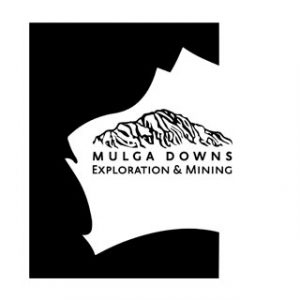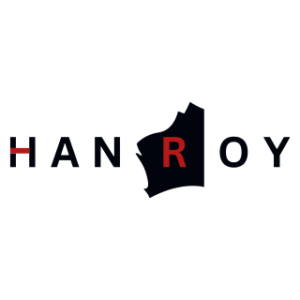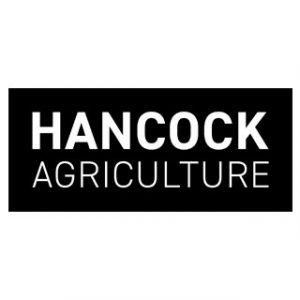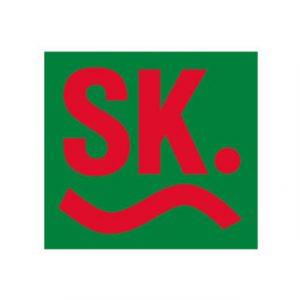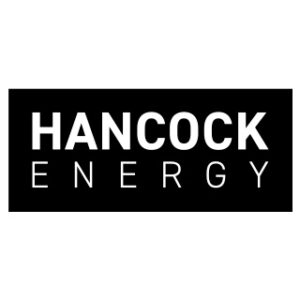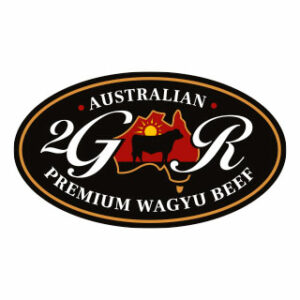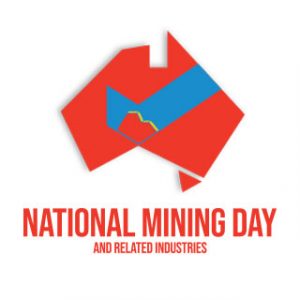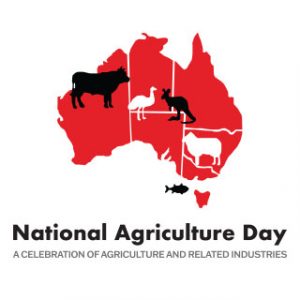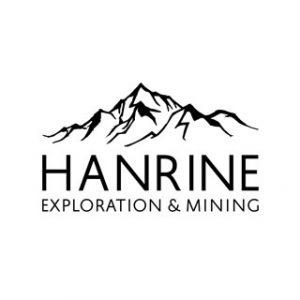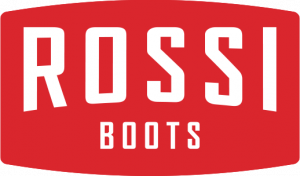It’s been a year of high activity in the merger & acquisition space, writes Luke Griffiths
RARELY has a South Australiancentred business deal generated so much attention.
Over 18 months, the sale of legendary cattleman Sir Sidney Kidman’s 101,000sq km empire, representing 1.3 per cent of the Australia’s land mass and 2.5 per cent of all agricultural land, involved international offers, political manoeuvring, patriotism and calls for protectionism.
The drawn-out process was not because of a lack of interest, rather Treasurer Scott Morrison’s adjudicating on more than one occasion that bids from majority-owned Chinese consortiums were “contrary to the national interest”.
Throughout, SA was at the heart of the deal: Kidman’s head office is situated in Sir Sidney’s hometown of Adelaide, and the sale of Anna Creek, the world’s largest cattle station
at 23,677sq km, caused the most concern because of its proximity to the Woomera defence testing area.
In October, seemingly out of nowhere, Australia’s richest woman pounced. A Gina Rinehart-led joint venture involving Chinese real estate company Shanghai CRED put forward a bid of $365 million
An all-Australian group of four wealthy families made a rival offer, but Ms Rinehart dipped into her deep pockets and ultimately sealed the deal with a $386.5 million bid that excluded Anna Creek, which was sold to the Williams Cattle Co, doubling their landholdings.
EY’s Adelaide office, led by chairman of partners and transaction team head Don Manifold, advised the Kidman board on the sale.
While unwilling to delve into the politics at play, Mr Manifold said that beef producers and winemakers were experiencing unprecedented interest from domestic and international parties.
“We expect M&A (mergers and acquisitions) in the agribusiness, wine and tourism industries to re- main active during 2017, with rising global interest in both our food and Australia as a destination to visit,” he said.
In light of the Kidman sale and the NSW Government’s part-privat- isation of its electricity infrastruc- ture, which also stumbled because of overseas bids, HWL Ebsworth part- ner Jamie Restas said it would be useful if the Federal Government provided greater clarity around the Foreign Investment Review Board’s “national interest” test.
“Specifically, an understanding of what is an acceptable level of foreign ownership early in the process would be useful,” he said.
Away from the Kidman deal, Mr Manifold said there was plenty of activity in the M&A space in SA during 2016.
“The largest transaction ($1.14 billion) was the pio- neering deal by Genesee & Wyoming and Macquarie Infrastructure, which bought the Hunter rail business of commodities giant Glencore in a 51-49 joint venture,” he said.
“Then there was Accolade Wines’ acquisition of Fine Wine Partners Australia which owns brands such as Croser and Knappstein.
Petaluma, it was purchased from Lion, which owns the West End, XXXX and Tooheys beer brands as well as significant dairy interests in Australia.
Activity in the oil and gas and mining sectors surged during 2016, as firms attempted to rationalise costs and divest non-core assets, Mr Manifold said. Beach, Santos, Origin Energy and Cooper Energy all made strategic divestments and acquisi- tions during the year.
“Tourism also experienced high levels of M&A activity. Quadrant Private Equity, an Australia-based private equity firm, acquired Great Southern Rail (for $200 million), a rail tourism business,” Mr Manifold said. “And SA’s SeaLink Travel Group continued its successful ac- quisition strategy through its ($12 million) acquisition of Captain Cook Cruises in WA.”
Grant Thornton’s head of corpor- ate finance in SA, George Stavrou, said the M&A market in SA was not immune from global uncertainties that included Brexit and the slow- down in Chinese growth.
“Irrespective, SA remains a fertile hunting ground for interstate and overseas buyers given the attractive- ness of many businesses with ex- posure to food and agriculture,
health, IT and leisure,” Mr Stavrou said. “(But) companies in the manu- facturing space, particularly with ex- posure to automotive, will continue to face difficulties.”
Kain Lawyers’ director Gerry Cawson said activity in 2016 sugges- ted a growing appetite to mobilise locally based capital into businesses that can create economic opportun- ities for SA.
“We’re seeing more local com- panies and entrepreneurs willing to reinvest into SA-based businesses, leading to more buy-side transac- tions than we’ve seen in recent times in SA,” he said.
“And while this is unfortunately off a low base, with SA following the national trend of fewer deals this year overall than last year, it hasn’t deterred those local businesses from looking to grow through acquisition.”
Mr Cawson said the driver of M&A activity in 2016 was mid-market companies such as growing family or pri- vately owned businesses, but the “big end of town” also got involved.
Although the Kidman sale grabbed all the headlines, there were other deals of significance. “We’ve been active on a number of valuable deals involving growing SA agribusinesses looking to scale their operations through under- the-radar acquisitions and taking ad- vantage of the competitive edge SA
holds in food and agribusiness,” he said. Cowell Clarke’s chairman of part- ners and lead partner of commercial transactions, Brett Cowell, oversaw a management buy-out of cut-price chain Cheap as Chips, which concluded in September with the help of private equity backing.
His firm is currently involved in “two or three quite large” transactions which Mr Cowell declined to detail.
“There’s quite a bit of activity around in the larger end of the (SA) market … (but) probably quite stable in terms of the activity volume,” he said.
Mr Cowell highlighted the start-up technology sector and the defence in- dustry as two areas of opportunity
“We’re seeing some of the larger players get a bit active … (but) prices are down a bit and multiples in transac- tions are probably down as much as they’ve been,” he said.
“There are opportunities, it’s just that the general business market is not as buoyant.”
Mr Cowell said that a number of sig- nificant developments in the real estate market would hopefully have a flow-on effect to the broader investment mar- ket.
“I also think both sides of (state) politics should really work on encour- aging more entrepreneurship and risk- taking, which leads itself to people spending more money,” he said.



